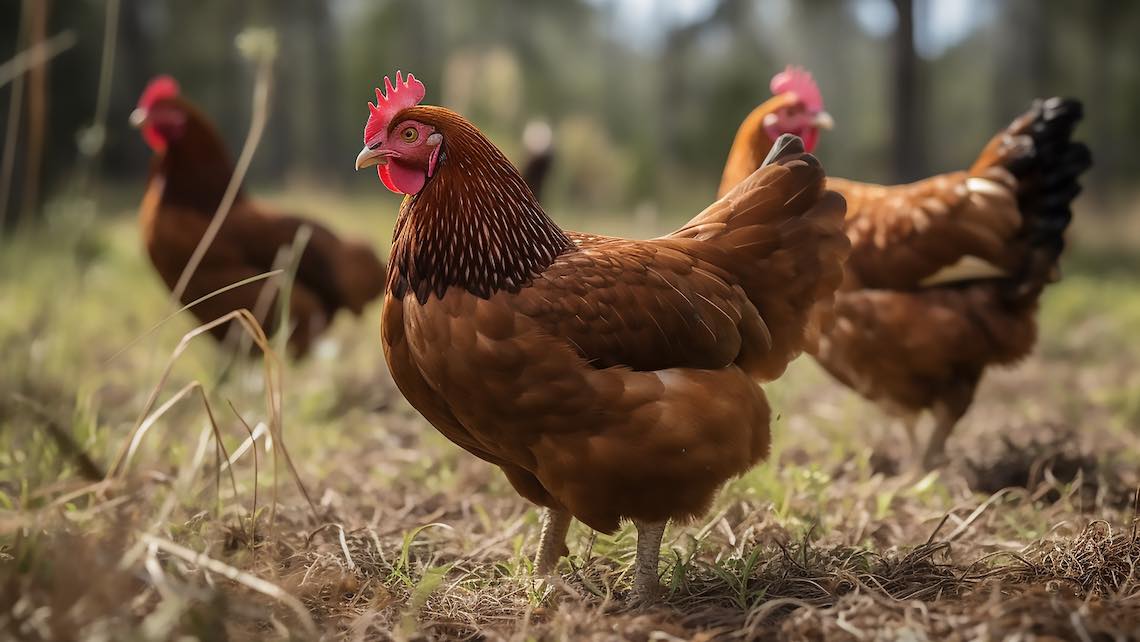Beef [Gyuniku]

Japanese Name and Pronunciation:

[gyuuniku]
Beef, known as “gyuniku” in Japanese, holds a significant place in Japanese cuisine, offering a range of delicious and diverse culinary possibilities. While historically not as prominent as seafood in traditional Japanese cooking, beef has gained popularity and become an integral part of modern Japanese gastronomy.
In Japanese cuisine, beef is prepared and enjoyed in various ways. One popular dish is “gyudon” or beef bowl, where thinly sliced beef and onions are simmered in a flavorful soy-based sauce and served over a bed of steamed rice. Another well-known dish is “yakiniku,” a style of grilling bite-sized beef cuts at the table, allowing diners to enjoy the meat’s natural flavors and tenderness.
Beef is also utilized in dishes like “sukiyaki,” where thinly sliced beef is simmered with vegetables and tofu in a sweet and savory soy-based broth. In “shabu-shabu,” paper-thin slices of beef are briefly swished in a hot pot of boiling broth and then dipped in flavorful sauces before being savored.
Japanese cuisine showcases a balance of flavors, and beef plays a role in achieving that balance. It adds a robust and savory element to dishes while complementing other ingredients and seasonings. The marbled fat within the beef contributes to a luxurious and melt-in-your-mouth texture, enhancing the overall dining experience.
What is Wagyu?
Wagyu, also known as Japanese beef, refers to a specific breed of cattle that is raised in Japan. The term “wagyu” translates to “Japanese cow” in English. Wagyu cattle are primarily of the Japanese Black (Kuroge Washu) breed, although other breeds of Japanese Brown (Akage Washu), Japanese Shorthorn (Nihon Tankaku Washu) and Japanese polled (Mukaku Washu) are also considered wagyu.
Wagyu beef is highly regarded for its exceptional marbling, tenderness, and rich flavor. The unique characteristics of wagyu beef can be attributed to various factors, including genetics, strict breeding standards, and specialized feeding practices. Wagyu cattle are raised in a controlled environment, often with an emphasis on stress reduction and individualized care.
The marbling in wagyu beef refers to the fine distribution of intramuscular fat, which gives the meat a distinctive appearance and contributes to its exceptional tenderness and flavor. The high percentage of unsaturated fat in wagyu beef also results in a buttery texture and a rich, melt-in-your-mouth experience.
Wagyu beef is commonly prepared and enjoyed in various ways, including teppanyaki (grilled on a hot plate), sukiyaki (simmered in a sweet soy-based broth), shabu-shabu (swished in a hot pot), or simply enjoyed as high-quality steaks. The emphasis is often placed on preserving the natural flavors of the beef, with minimal seasoning used to allow the meat’s inherent qualities to shine.
What is Branded Beef?
There are over 320 different types of branded beef throughout Japan. Each brand has its own defined criteria established by organizations promoting the brand, including specific cattle breeds, meat quality grading and rearing methods.
One of the most famous brand of Japanese beef is Kobe beef, prized for its marbling, tenderness, and rich taste. Other renowned brands are Matsusaka beef and Yonezawa beef. Other branded beef also have each showcasing unique qualities that result from specific breeding and feeding practices.
Beware of Fake Japanese Beef!
Due to its superior taste and quality, wagyu beef has gained international recognition and is often considered a luxury ingredient. It has become increasingly popular in fine dining establishments around the world, where it is appreciated for its exceptional marbling, tenderness, and unique flavor profile. The number of restaurants and shops outside Japan offering “Kobe beef” and “Wagyu” has been increasing. However, it is important to exercise caution as there is also a significant presence of counterfeit beef in the market.


